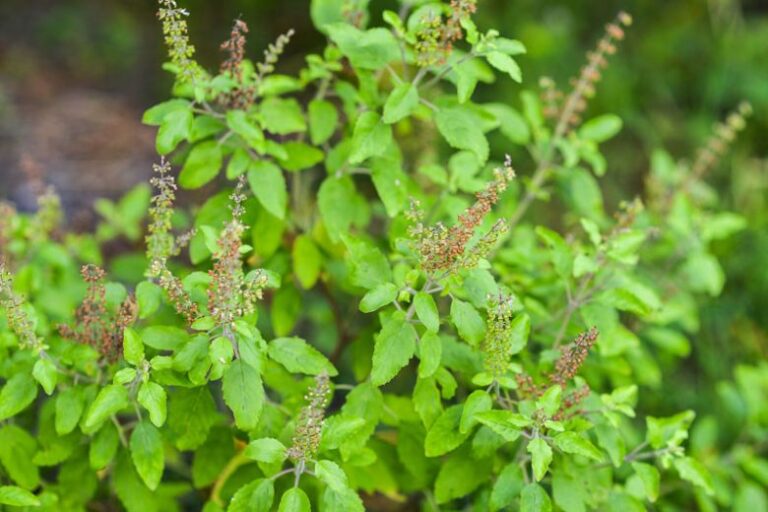A stroke occurs when the blood supply to part of the brain is interrupted or reduced, preventing...
Healthy Lifestyles
Common Herbs for Migraine Relief Migraines are severe, recurring headaches characterized by intense throbbing or pulsing pain,...






